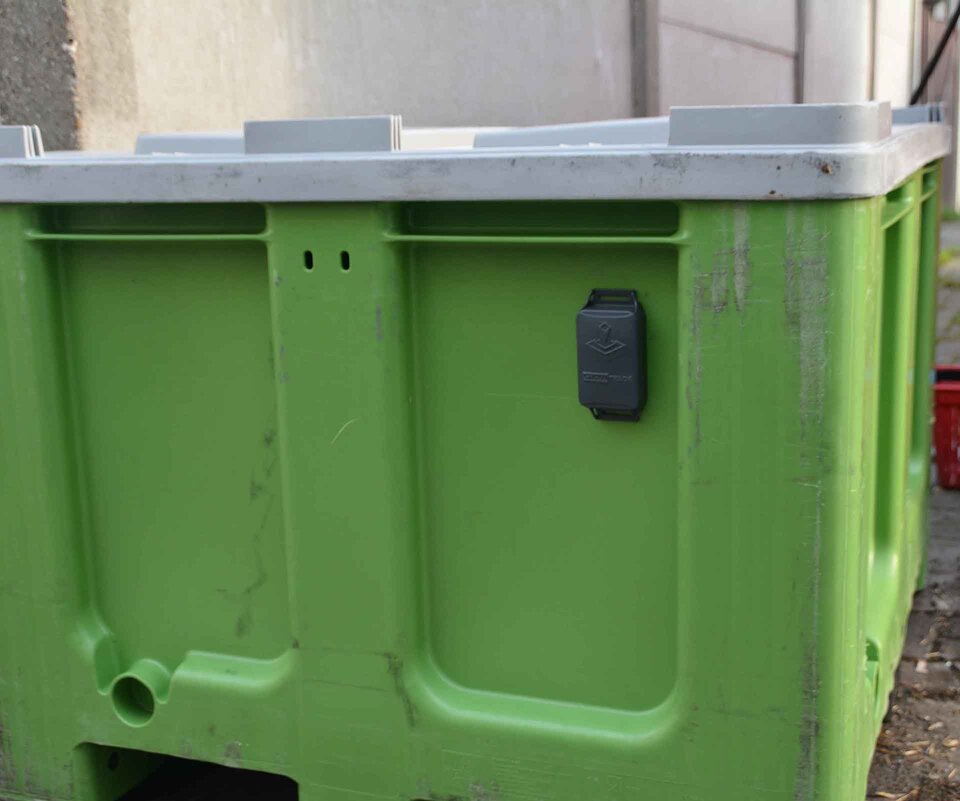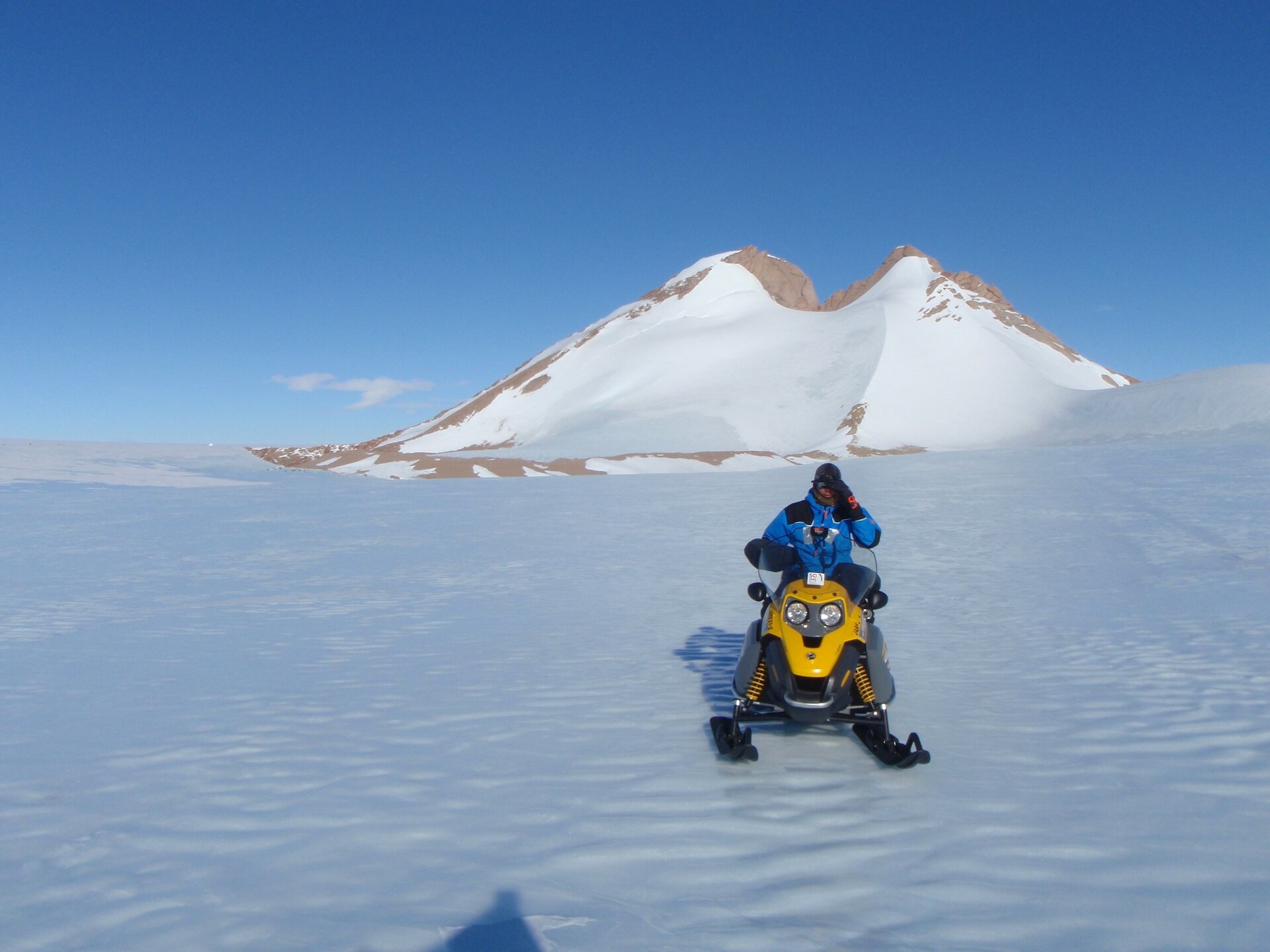Staying safe in Antarctica thanks to ESA incubator
Scientists will soon be wearing safety trackers from a Belgium start-up company while working on Earth’s southernmost continent.
Being the coldest, windiest and harshest location on Earth, temperatures can reach –90°C during winter and go down to even –20ºC during summer. Winds can reach 250 km/h and visibility can sink to almost zero during ‘whiteouts’.
With the potential for rapid changes in weather, all outdoor activities in this all-white environment must always be done with the greatest care.
Carrying a SticknTrack location tracker in the pocket from Sensolus, a start-up company from ESA’s Business Incubation Centre in Flanders, will help to keep the researchers safe. The same sensors will also be used to track skidoos, sledges and other equipment used.

The Belgian Polar Secretariat, Sigfox and Sensolus announced an agreement in January to connect the 2015–16 Belgian Antarctic Research Expedition to the global Sigfox Internet of Things network.
“This partnership will allow us to test technology that could be useful for the safety of our operations in Antarctica,” said Rachid Touzani, director of the Belgian Polar Secretariat.
The expedition includes specialists in glaciology, climatology and geomorphology in charge of various Belgian and international scientific projects. They are hosted at Belgium’s Princess Elisabeth Research Station some 200 km inland in the 2.7 million sq km region of Antarctica known as Queen Maud Land.

The station, designed, built and operated by the International Polar Foundation, is the first polar base that combines eco-friendly construction materials, clean and efficient energy use, optimisation of the station’s energy consumption and clever waste management. It can support up to 40 people during the brief Antarctic summer of November to February.
The team members will work within 40 km of the base and, for the first, 45 GPS-based Sensolus trackers connected to the Sigfox network will allow realtime tracking of their movements, in the often-extreme weather conditions.
Sigfox ultra-narrow-band communications will secure the link to two antennas at the base station. The information will also be sent to Belgium.

“Having our extremely battery-efficient StickNTrack GPS trackers at the Princess Elisabeth station is very exciting,” said Sensolus CEO Kristoff van Rattinghe.
“We strongly believe that sustaining missions like this is the kind of real innovation we can achieve with the Internet of Things. And this is only possible through strong collaborations like the one set up for this mission.”
The first results on the contribution of the Sensolus and Sigfox technology to the expedition will be released in March.






